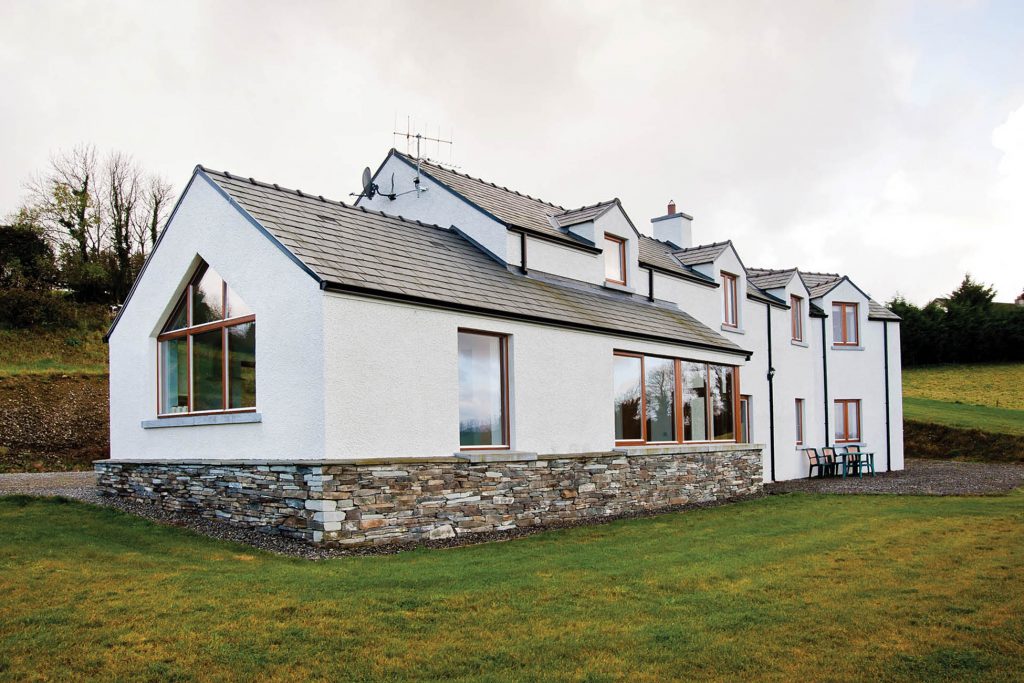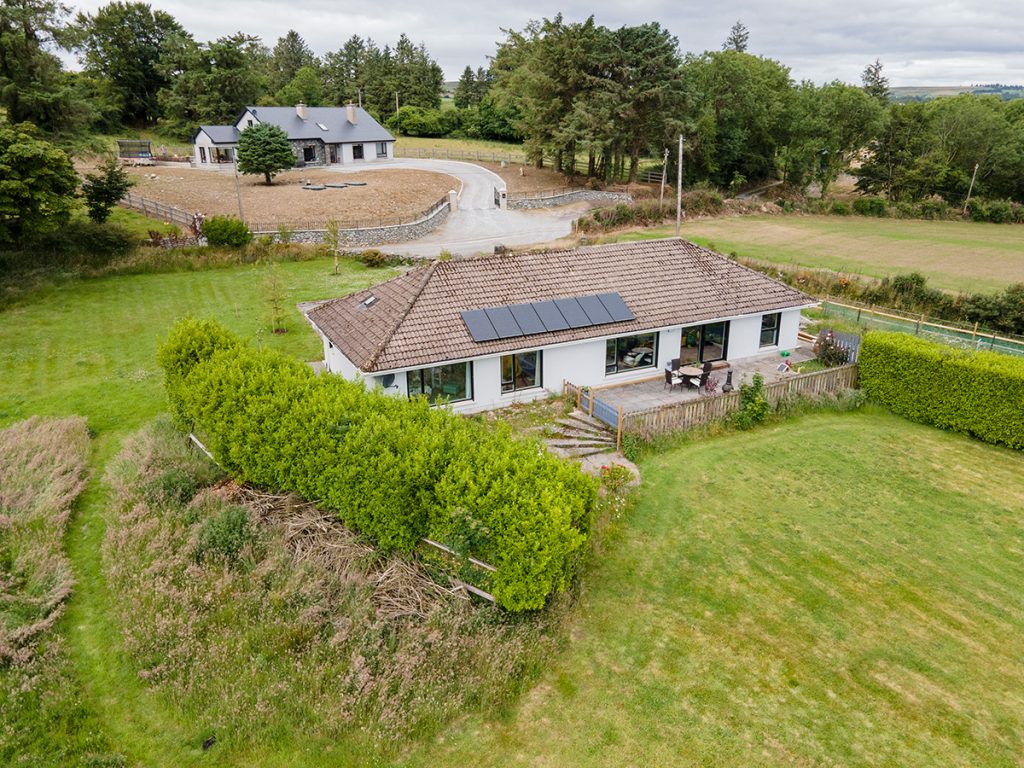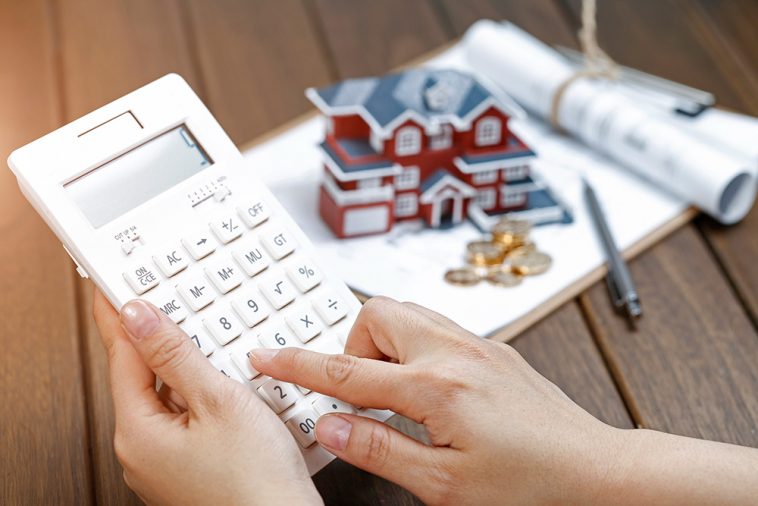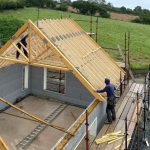With all of the uncertainty around costs, should you build now or wait? Here’s what to consider.
In this article we cover:
- Which way builder’s merchants think prices are heading into 2023
- Variables that impact on the cost of materials
- Reasons to build now and reasons to wait
- How to save on costs if building now
- Broadening the options open to you including a major renovation
- What incentives are in place to help you build or renovate
- Builder’s survey
Most large building manufacturers are members of the trade association I work for, Hardware Association Ireland. They tell me they believe that since the start of this year, building material prices have increased 15 per cent.
In conversations with them, I’ve asked how they expected the remainder of 2022 to work out and what their plans are for 2023. Their answer is, they don’t know.
It’s not that they do know and don’t want to tell anyone – simply put, there is too much uncertainty over energy prices. Early in the year there had been hopes that with the lessening of Covid and the opening of supply chains that costs would stabilise.
[adrotate banner="58"]However, the Russian invasion of Ukraine has dashed these hopes. This generation has never seen a major conflict in Europe, let alone one in which energy is used a weapon of war.

The need to build
For those reading this who are contemplating building their own home or have weathered the planning system and are about to start, uncertainty offers little comfort in what is already a stressful choice. To add to price inflation, interest rates are going up which will make a self-build mortgage costlier.
To those faced with this decision, the options are to postpone, to abandon, or to go ahead. Within the go ahead option, there are a number of choices. Build a new home on a greenfield site or choose to rejuvenate a vacant property.

Postponing is just as risky as going ahead. Postponing is based on the belief that the situation will improve in a timeframe that you can live with. None of us know what levels inflation and interest rates will reach. Or how long this inflationary period will last – that is, when prices will begin to come down.
What we do know is that demand for housing will continue to outstrip supply. Since 2006 the population of ROI increased by 900,000 and it is expected that it will expand by a further million over the next 15 years.
While the population has increased by 21 per cent, the housing stock has only increased by 13 per cent. And this gap is widening.
Demand for housing is increasing with most experts believing that there is an immediate demand for 35,000 units. This year new builds may only reach 23,000 units.
We all know there is a chronic shortage of housing for sale and in that market, ready cash is chasing everything. And there is plenty of ready cash. Before Covid we already had very considerable savings, since Covid this has been added to each month and now there is €135 billion squirreled away in low interest deposit accounts.
Hands up who thinks that demand will lessen. In the next 12 months will it get cheaper to build? And for those renting – will rents go down?

Renovating an existing property
One choice in self-building that is gaining traction is to rejuvenate an empty home. The good news is, we have enough of them – the recent Census recorded 166,000 vacant and derelict residential buildings.
Of these, 86,000 have only become vacant since 2016 which indicates that they are in reasonable condition and can be modernised for a sensible sum. There are a number of advantages to rejuvenating an older property including revitalising the street it’s on or the town or village it’s in.

Of more interest to self-builders there’s also the fact that many are in good locations, in contrast to new builds as it is often difficult to find a good site with a good aspect because many of the best sites are already taken…by older homes.
Renovating an existing property is also typically more cost effective – restoring an older home uses 60 per cent of the building materials of a new home. That’s a saving of 40 per cent.
As TV programmes have taught us, letting light in, reorientating and insulating older homes can bring them up to the living standards that we expect in 2022.
With hybrid working now the norm, the search for an older property can be broadened out geographically as commuting is not as critical. And the further you go from the capital the more value there is to be had.

Incentives
Until recently the ROI government didn’t seem to be that keen to help the self-builder – planning permission to build new is difficult to get and renovating an older property whether in town or in the country attracted little financial support.
Our ROI budget submission suggested the government expand the Help to Buy scheme to vacant properties and imposing a vacant property tax at 6 per cent to discourage hoarding/inaction and to pay for the subsidy.
Our third proposal was taken up in the form of the Croí Cónaithe Towns Fund scheme with a grant of €30k for those buying a vacant home and €50k for a derelict one.
Another initiative by government is vacanthomes.ie, the brainchild of Tom Gilligan of Mayo County Council, which aims to match buyers and sellers of vacant homes throughout the country. It’s a good place to start if you’re looking to avail of the Croí Cónaithe Towns Fund grant.


House size
Another cost saving option to consider when self-building is to reduce the size of the house. In a recent conversation with a HAI member who owns a builder’s merchant, he spoke of the high cost of building his new home.
It turns out that he is planning a 3,500sqft house. Few of us actually need a house of that proportion. So perhaps a bit of scaling down would help?
And, up to very recently, the cost of labour has been expensive and finding good tradespeople has been difficult. However, as some larger builders move away from fixed price contracts we may find that it will free up some trades professionals to move on to self-builds. Every cloud has its silver lining.
Builder’s survey: tender prices
79 per cent of builders said they charged more for projects in 2022 than in 2021. 65 per cent said they will continue to increase their prices over Sept/Oct/Nov 2022.
96 per cent reported a year on year increase in the cost of raw materials, with 85 per cent expecting these costs to continue to increase in Sept/Oct/Nov 2022.
Source: Construction Industry Federation Construction Outlook Survey, data collected from 202 CIF members from 2nd to 9th September 2022, cif.ie



